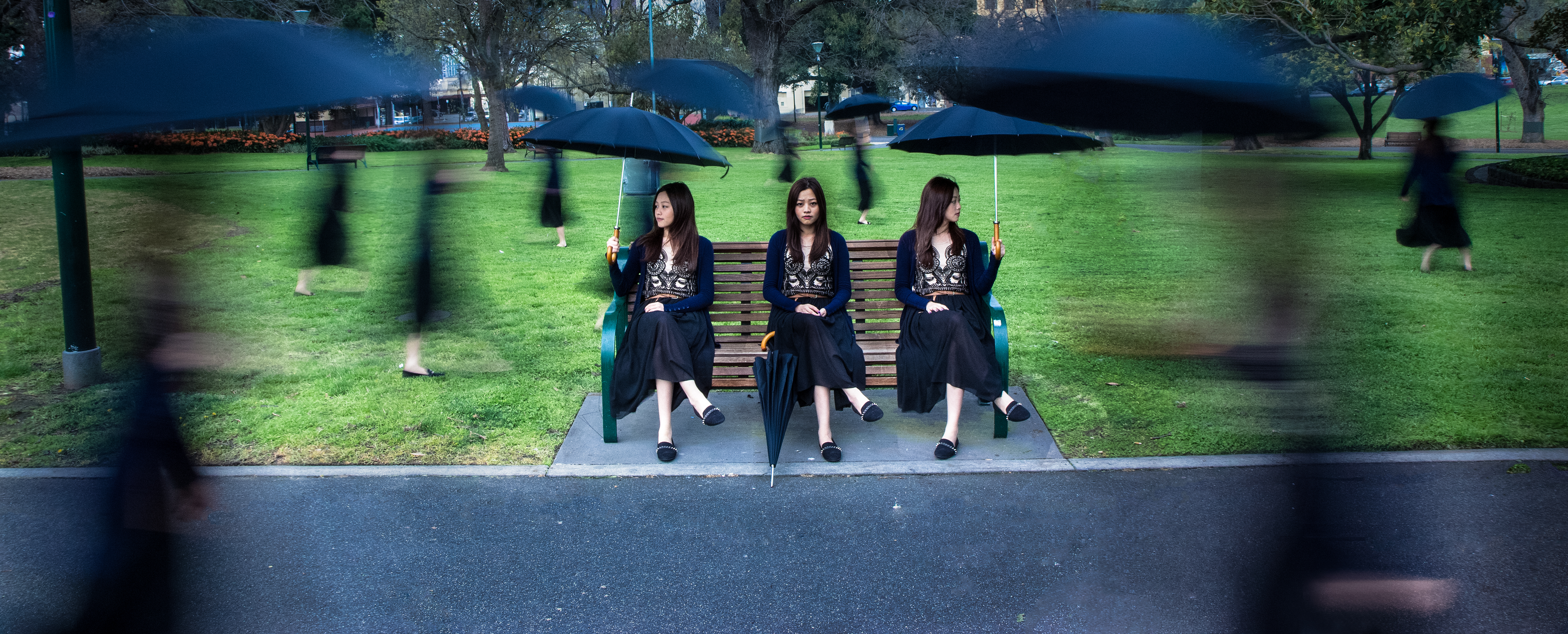United States, the grand canyon; disneyland los angeles

We have one week left and we will all be on holidays! its gonna be a hectic week but oh well, the good thing about doing media is you dont have to sit for exams. 🙂
looking forward to go back to my home country and start traveling!
Places to go:
First Stop! New York City
Then Hong Kong! 🙂
Lastly! Japan & more perhaps?
This week we briefly talked about the readings in class, and after that we get into our group to continue with the niki assessment from last week.
My group and i are doing the topic Facebook, as eveyrbody knows, facebook is very well known, so we are trying to do it the ‘networked media’ way. So we created 5 facebook accounts to represent each of the creators of Facebook, then we created a page called ‘Facepage’
We’re planning to fill in the page with information about how they started to plan about this social network site and later on about how they have conflicts.
From the readings, ANT can potentially be used for a variety of tasks. The most
relevant of these tasks is exploring the questions of why and how we have the
technologies that we do. ANT provides a research trajectory that can reveal complexities
and contingencies that are too often overlooked in accounts of technology.
Unfortunately, ANT does not easily lend itself to dialectical sociotechnical
interpretations. The social study of technology should not be limited to rejecting
technological determinism or social reductionism (although this is invaluable) – it should
also attempt to point out alternative trajectories to technological modernity. This is
difficult using ANT on its own primarily because of its methodological rules
Carry over questions:
This week’s new questions:
One of the differences between industrial and information society is that in the latter both work and leisure often involve the use of the same computer interfaces. This does not mean that new media completely collapses the difference between producers and users, or that every new media text exemplifies Roland Barthes’ concept of “readerly text.” Rather, as we shift from industrial society to information society, from old media to new media, the overlap between producers and users becomes much larger. This holds for software the two groups use, their respective skills and expertise, the structure of typical media objects, and the operations they perform on computer data.